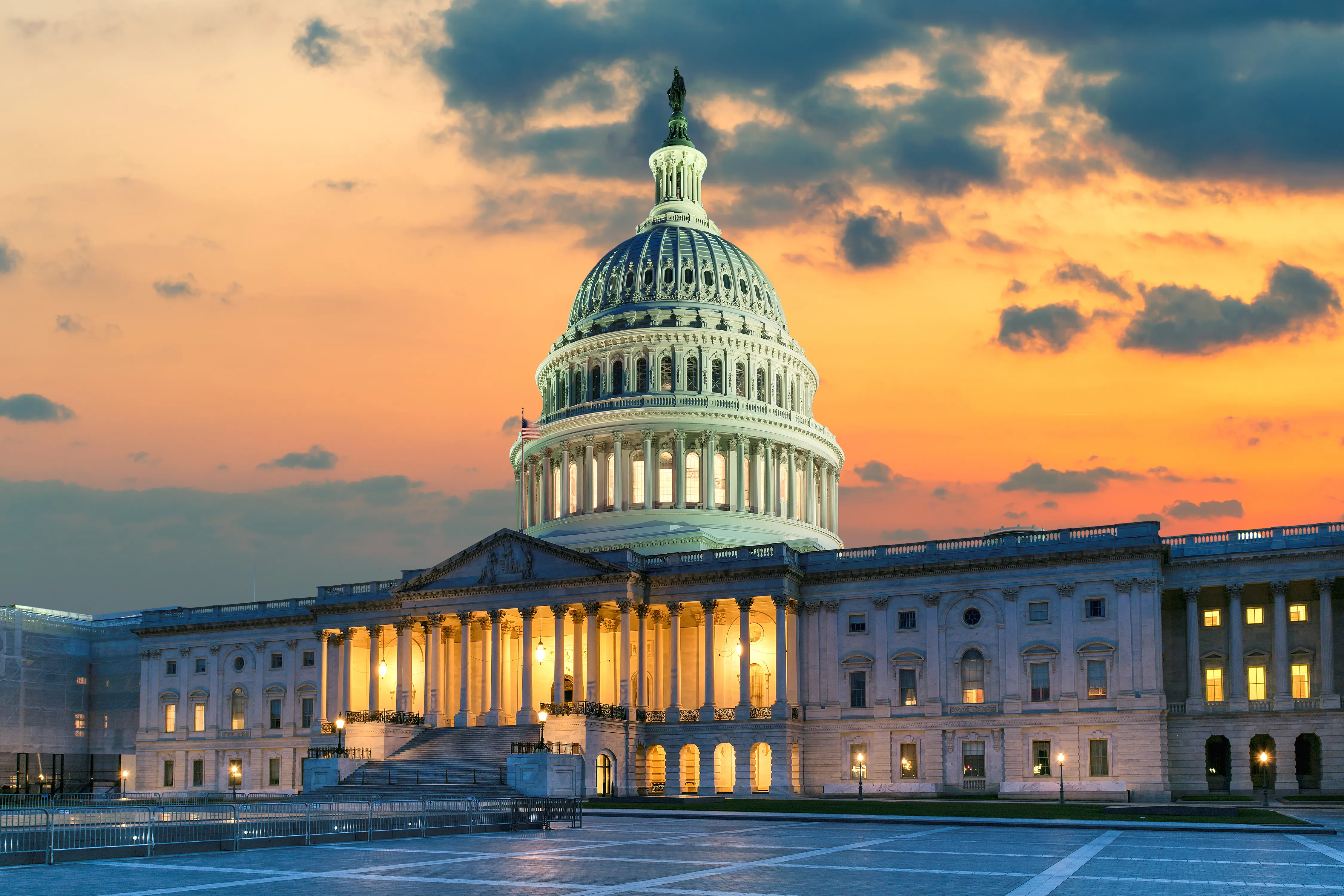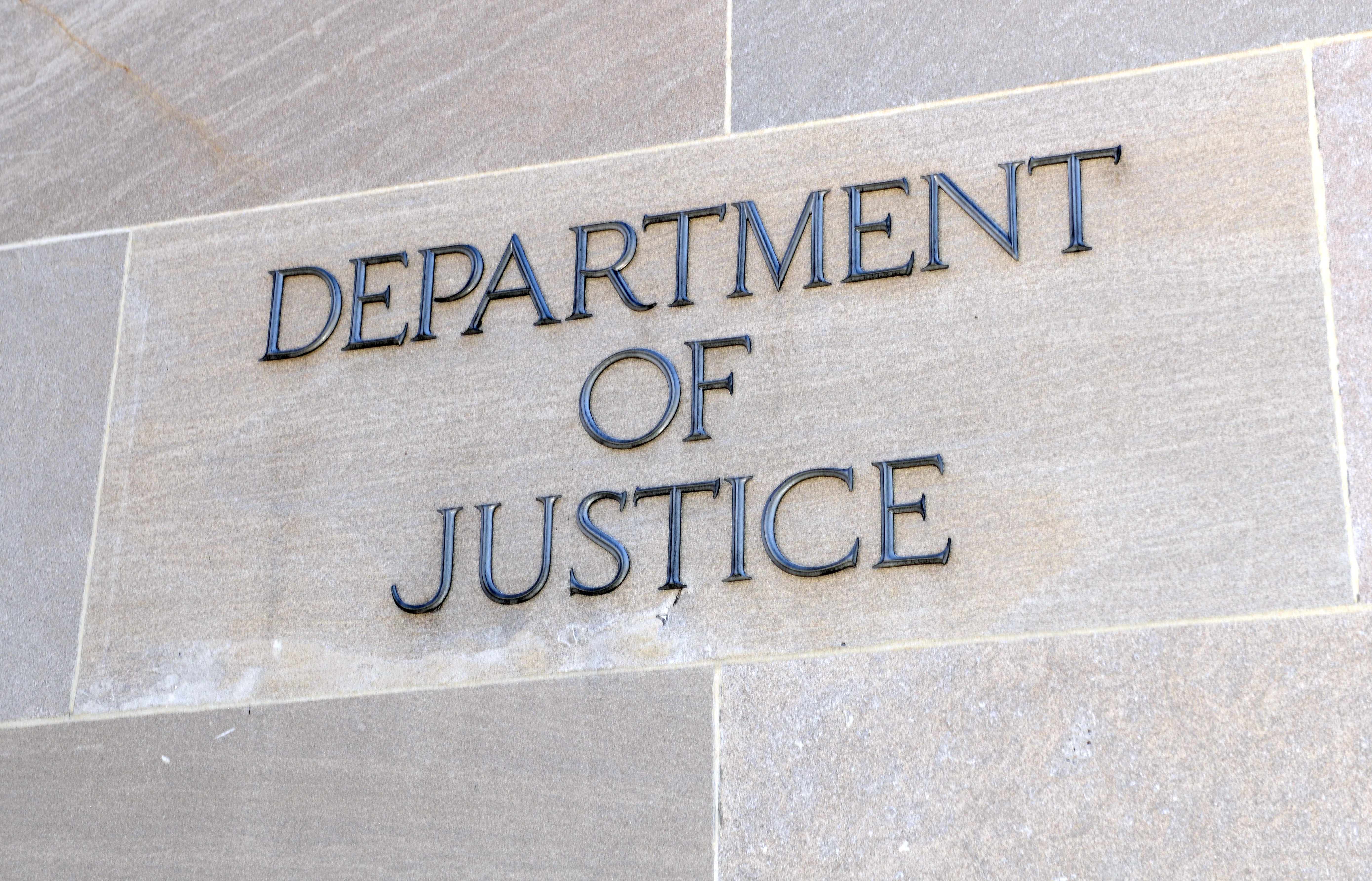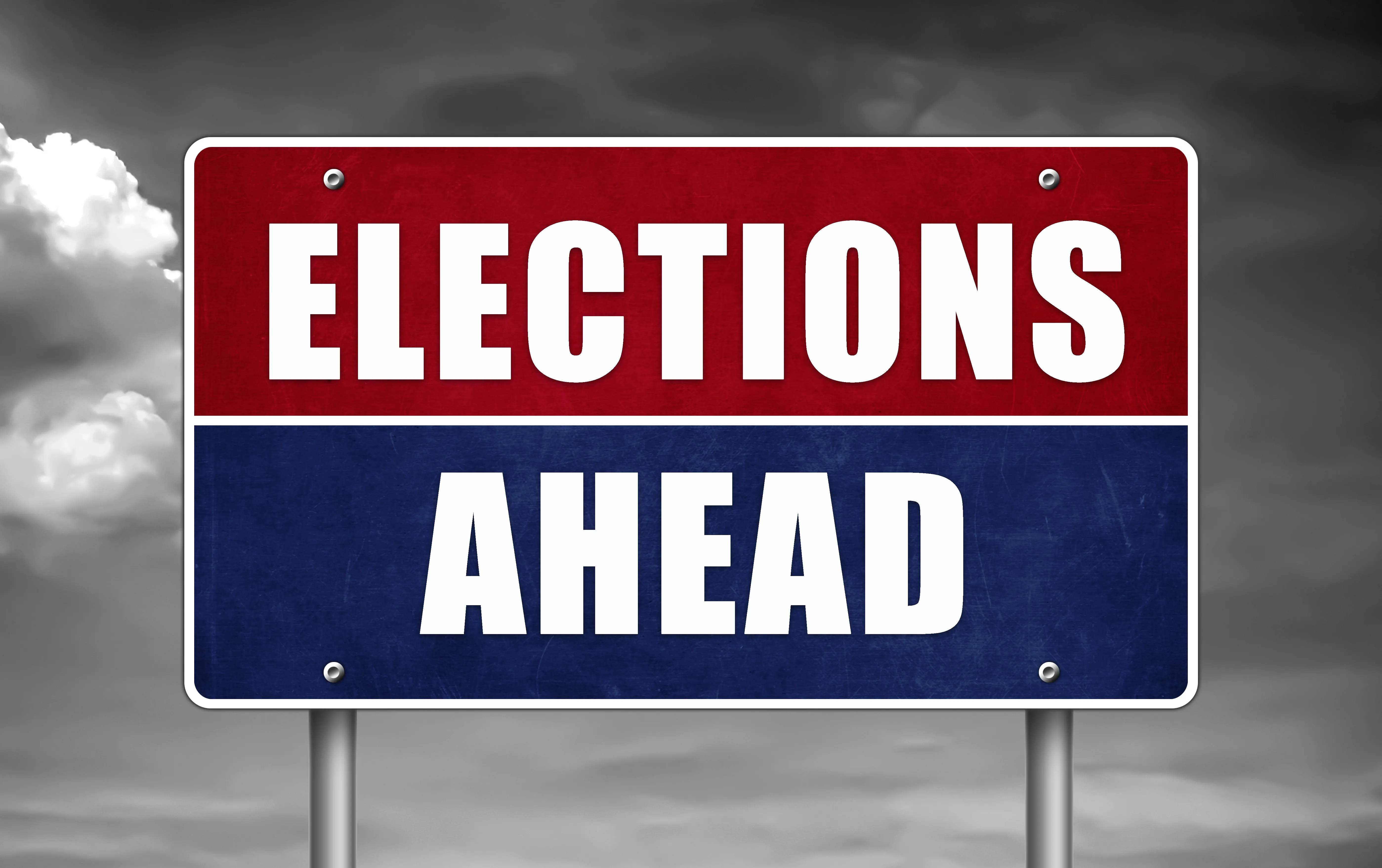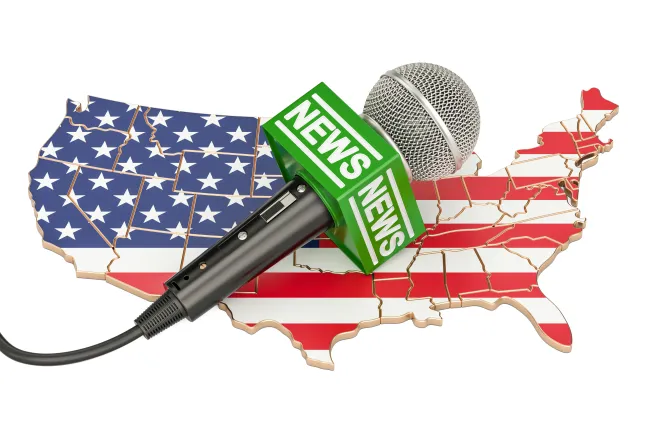
More states embrace Trump’s crackdown on remote government work
A years-long conflict over whether Nebraska’s governor can unilaterally force state workers back to the office will ultimately be sorted out by the state’s highest court.
The Nebraska Association of Public Employees, which represents more than 8,000 state employees, challenged Republican Governor Jim Pillen’s November 2023 order requiring workers in offices full time. The group argues that Pillen cannot do so without labor contract negotiations.
Justin Hubly, executive director of the union, said most of Nebraska’s state employees would continue working from physical offices, as they did before the pandemic. But he said many state jobs could be performed remotely.

© iStock - Sitthiphong
“Who cares where our IT application developers are working, what time of the day they’re working, as long as their assignments are done in a timely matter?” he said.
Hubly said the issue has become needlessly politicized in Nebraska and across the country. In recent weeks, Republicans in states nationwide have echoed President Donald Trump’s skepticism that government work can be effectively done remotely.
“It seems that everything in America today has to become a political issue and then immediately has to be chosen to be a conservative red-state issue or a liberal blue-state issue,” Hubly said.
Last week in the Oval Office, Trump repeated his rationale for requiring federal workers to be in the office, part of his push to shrink the workforce. He claimed without evidence that many of them are balancing two jobs and only devoting 10 percent to 20 percent of their government time to working.
“Nobody’s going to work from home, they’re going to be going out, they’re gonna play tennis, they’re gonna play golf,” Trump told reporters.
Experts say the president’s push has turned the work-from-home debate into a partisan fight.
“I would analogize it to many states launching their own DOGE commissions, to sort of signal affinity with what’s happening in Washington,” said Peter Morrissey, senior director of talent and strategy at the Volcker Alliance, a nonprofit that works to support public sector workers.
Earlier this month, Ohio Republican Governor Mike DeWine ordered state employees back to their officesstarting March 17. Similarly, Oklahoma GOP Governor Kevin Stitt signed an order in December that requires employees to work full time from offices as of this month. And Republicans who control Wisconsin’s legislature are pushing legislation and pressuring the state’s Democratic governor over the issue.
In Nebraska, a labor court last July ruled against the public employees union, though the union has appealed the decision to the Nebraska Supreme Court. The July decision came down on a Thursday, and Pillen said he expected state workers to be back in offices the next Monday.
“The COVID-19 pandemic is long over, and it is likewise long overdue that our full workforce is physically back,” he said at the time.
Before Pillen’s executive order, 2,250 employees in Nebraska’s 25 largest agencies were working remote or hybrid, said Pillen spokesperson Laura Strimple. She said 1,100 — or 8 percent of those agencies’ workers — are now working remotely or hybrid and that the state is “still evaluating available space in the future to return even more public servants.”
The politicization of remote work
Like private employers, states have been grappling with the complications of remote work since the COVID-19 pandemic. But nearly five years later, the issue is as political as ever.
Trump is requiring a return to office in part to have federal employees quit as his administration seeks to shrink the government workforce, according to a November Wall Street Journal opinion piece by Department of Government Efficiency task force head Elon Musk and his then-DOGE partner, Vivek Ramaswamy.
Morrissey noted that state, local and federal governments compete with the private sector for workers. And with less competitive pay in many government roles, a lack of flexible work arrangements could prove a competitive disadvantage — particularly for some of the most specialized workers.

© iStock - Zaephyr18
He added that legitimate debate over worker productivity and taxpayer savings related to remote work should not be an excuse to use “the public workforce as a culture war item or a punching bag.”
Morrissey expects state political leaders will leave flexibility for agency directors and department management to craft hybrid or remote work arrangements.
Even the White House’s order allowed agency leaders to “make exemptions they deem necessary.”
Research has found slight productivity dips from remote work, though it can help with employee recruitment and retention, said Nicholas Bloom, an economics professor at Stanford University who researches remote work.
Fully remote workers also can deliver employers significant cost savings through reduced office expenses and less employee turnover. But evaluating the performance of remote employees is tricky, particularly so in government work. Bloom said hybrid arrangements — such as requiring workers to come into the office three days a week — might make the most sense for governments to maximize productivity, employee satisfaction and office savings.
“This is why 80 percent of Fortune 500 companies have managers and professionals on a hybrid schedule,” he said.
But Bloom views the Republican return-to-office trend in government as a way to reduce staffing. Employees often prefer to work remotely and view hybrid schedules as providing the equivalent benefit of an 8 percent pay increase.
“This is clearly all about reducing headcount,” Bloom said. “By making work more unpleasant, the hope is employees quit.”
Republicans rethinking remote shift
Long before the pandemic, the Utah government embraced remote work as a way to cut costs.
Then-Lt. Governor Spencer Cox, a Republican, called himself a “televangelist for telework” in 2019, after a successful pilot program. As governor, Cox in 2021 signed an executive order requiring state agencies to review whether work could be performed remotely. The order said remote work saved taxpayers millions, improved Utah’s air quality by cutting commutes and improved employee satisfaction.
But last month, Cox said the state is reevaluating its framework.
He said remote work could lead to increased productivity — if it’s accompanied with specific oversight and training. But those guardrails weren’t always implemented when the pandemic suddenly sent state workers home, he said.
“You don’t just send people home with a computer. It’s much more detailed than that,” Cox told reporters.

Utah Governor Spencer Cox
Cox said the state had been bringing more workers back into offices over the past few years as the administration weighs both employee productivity and taxpayer savings.
“Remote work has its place, but so does being together,” he said.
In Wisconsin, the remote work debate has split state leaders along partisan lines.
In November, Republican House Speaker Robin Vos proposed as part of the budget requiring all state workers to return to offices three or four days per week.
“A lot of employees aren’t working or they’re working only from home and not doing it very well with very little supervision,” he told a local television station.
Democratic Governor Tony Evers pledged to veto any such requirement. He noted that Wisconsin in recent years made significant efforts to hire workers across the state outside the major population centers of Madison and Milwaukee.
More than a dozen state agencies have already consolidated office space as the administration sought to develop a work environment better suited to help with employee recruitment and retention, Evers’ office said in a statement to Stateline. In recent years, Wisconsin’s government has shed 230,000 square feet of office space with nearly 400,000 more planned, according to a January report.
The governor’s office said reversing course now would drive up costs and negate millions of expected taxpayer savings. Implementing in-office work arrangements would require more private lease arrangements or reopening buildings that are slated for closure and sale.
Aside from ongoing budget negotiations, Republican lawmakers introduced stand-alone legislation that would require employees who worked in offices before the pandemic to return by July 1.
State Republican Representative Amanda Nedweski, who leads the state Assembly’s new committee on Government Operations, Accountability, and Transparency, or GOAT — mirrored after Trump’s DOGE effort — testified last week in favor of a Senate return-to-work bill. But she said the majority caucus isn’t against remote work entirely.
In an interview, Nedweski pointed to a 2023 legislative audit on remote work that found the state lacked data on the extent of remote work and recommended more detailed monitoring.
Nedweski said there may be potential efficiencies from telework, but said the state needs “to get a handle on who’s doing what and from where and why.”
“And what are they missing out on by not having that opportunity to collaborate with co-workers on a regular basis?” she said in an interview. “We miss out on the opportunities to innovate when people are isolated and not working together.”
Stateline and the Nebraska Examiner are part of States Newsroom, a nonprofit news network supported by grants and a coalition of donors as a 501c(3) public charity. Stateline maintains editorial independence. Contact Editor Scott S. Greenberger for questions: info@stateline.org.

















